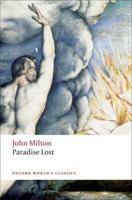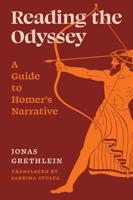Publisher's Synopsis
Mindful of the tunnel vision sometimes created by the privileging of 'hybridity talk' and matters of culture in discussions of texts by minority writers, Delphine Munos in After Melancholia reads the work of the Bengali-American celebrity author Jhumpa Lahiri against the grain, by shifting the ground of analysis from the cultural to the literary. With the help of psychoanalytic theories ranging from Sigmund Freud through André Green and Nicolas Abraham to Jean Laplanche, this study re-evaluates the complexity of Lahiri's craft and offers major insights into the author's representation of second-generation diasporic subjectivity - an angle hitherto neglected by critics working from the narrower theoretical boundaries of transnationalism, diaspora studies, postcolonial theory, and Asian-American studies alike. Via interdisciplinary incursions into the domains of literary and psychoanalytic criticism, as well as into those of trauma and diaspora studies, Munos takes up "Hema and Kaushik," the triptych of short stories included in Unaccustomed Earth (2008), as exemplary texts in which Lahiri redefines notions of belonging and arrival regarding the Bengali-American second generation, not in terms of cultural assimilation - which would hardly make sense for characters born in the USA in the first place - but in terms of a resymbolization of the gaps in the parents' migrant narratives. Munos' in-depth reading of Lahiri's trilogy is concerned with exploring how "Hema and Kaushik" signifies on the absent presences haunting transgenerational relationships within the US diasporic family of Bengali descent. Bringing to the forefront such 'negative' categories as the gap, the absent, the unsaid, the melancholically absented mother, After Melancholia reveals that the second-generation 'Mother Diaspora' is no less haunting than her first-generation counterpart, 'Mother India'. Calling for a re-assessment of Lahiri's work in terms of a dialectical relationship between (transgenerational) mourning and melancholia, Munos provides a compelling reading grid by means of which underrepresented aspects of the rest of Lahiri's work, especially her novel The Namesake (2003), gain new visibility.











